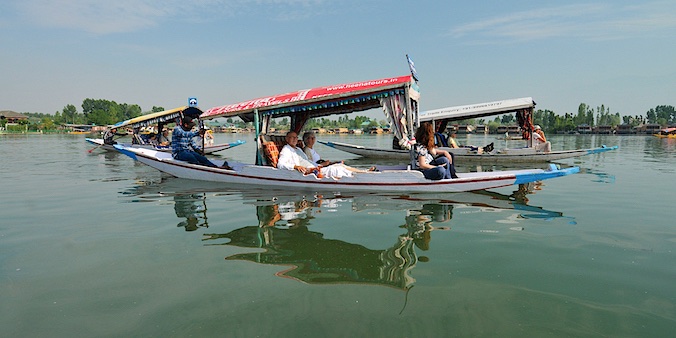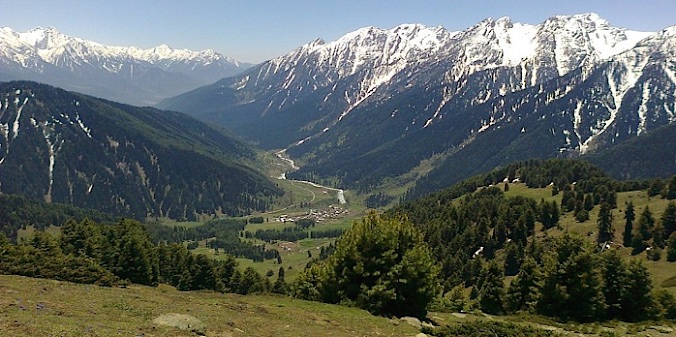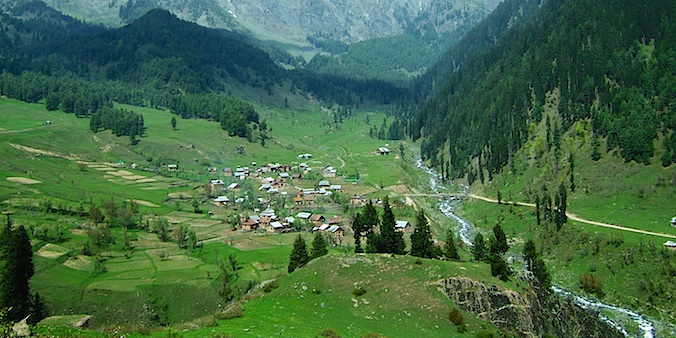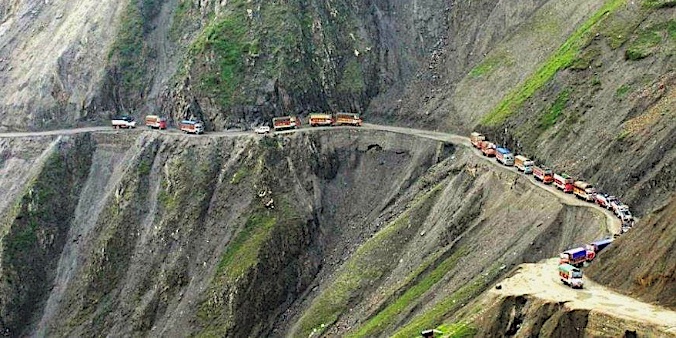KASHMIR VALLEY & DAL LAKE
Tour - 8 days
KASHMIR VALLEY & DAL LAKE
Tour - 8 days
About KASHMIR
Shah Jahan, one of the famous Moghul emperors who ruled India for many centuries, liked to spend his summers here; in the lush green valley of Kashmir. His is the famous quote on Kashmir, “If there is a paradise on earth, it is here, it is here.” Surrounded by deeply forested and snow-clad mountains of the Pirpanjal and Himalayan Range, ‘the valley’ is a lush green enclave where nature’s bounties seem to be in abundance.
These days, Kashmir is mostly known for its idyllic Dal Lake, where floating guesthouses called houseboats provide a very different kind of accommodation. But Kashmir has much more to offer. Lying on the southern slopes of the great Himalayan Range, it is dotted with rushing rivers, lakes, snow-capped mountains and dense forests beckoning to be discovered.
Kashmir can be visited almost all year round, at least for houseboat stays and jeep tours. Winters can get chilly,but you can enjoy skiing at the high meadows of Gulmarg. From March onward weather tends to be very pleasant. Apart from relaxing at a houseboat on Dal Lake or Wular lake, and floating around in shikaras, you can make car trips to the ‘hill stations’ of Gulmarg, Yusmarg, Pahalgam and Sonamarg, to name a few. There you’ll find beautiful mountain scenery, which you can explore on foot if you like.
For trekking, summer is the best time, but late spring and early autumn are still okay for treks at medium altitudes. Some of the lower elevation treks can be done as early as May, the more serious ones from mid-June onwards.
Region
Kashmir
(India)
Best Time
Feb. - Nov.
No. Of Days
8 Days
Altitude
1585 m.
Trip Character
Houseboat Stay with Excursions
Price
INR XXX/ $ XXX
ABOUT THIS TOUR
YOUR custom-made TRIP
The tour described here, as well as the other ones on our website, are mainly meant as suggestions. We would be happy to offer you a travel proposal that fully meets your personal demands and expectations. That means that you choose where you want to go, what level of accommodation and type of transport you want and what activities you prefer.
Please let yourself be inspired by this and other trips on our website and then drop us a line (or call us) to explain your travel wishes. We will be happy to help you put together the perfect trip. You can reach us over e-mail, Messenger, Whatsapp or mobile phone.
ITINERARY
-
Day 1: Arrival at Srinagar
You will be met by our representative at Srinagar airport. He will assist and transfer you to Ambassador Houseboat. In the afternoon, you will take a shikara (boat) ride on Dal Lake, where you visit the floating vegetable gardens. -
Day 2: Shikara trek to Manasbal Lake
Today we’ll travel by shikara over the gently flowing Jhelum River from Srinagar to quiet and serene Lake Manasbal. We’ll regularly stop at interesting places along the way, such as small shrines and picturesque villages and have leisurely picnic lunch when we are half-way. The night we’ll spend in tents on the shore of Lake Manasbal. -
Day 3: Srinagar - Sonamarg - Srinagar
You leave Kashmir Valley and drive up to Sonamarg, situated at 2800m in the lap of the Himalayan Range. After lunch at the hotel you can do a 2-hour walk to the foot of the nearby Thajwas Glacier, then drive back to Srinagar. -
Day 4: Moghul gardens of Dal Lake
Today you go for a visit to the seventeenth-century Mughal gardens, situated on the banks of Dal Lake, such as Nishat Bagh, built by the brother-in-law of Jehangir and Shalimar Bagh, built by Jehangir for his wife, Empress Nur Jahan. -
Day 5: Srinagar - Pahalgam
Today you travel to Pahalgam (The valley of shepherds), en route visiting the saffron fields of Pampore, the 1100 years old Awantipura Ruins (temple of Lord Vishnu), and enjoy the beautiful countryside. Further on along a dirt road, we reach the small village of Aru, from where we walk to Lidderwat in the lush green Lidder Valley. Here we stay in a simple mountain hut or tents. -
Day 6: Pahalgam - Srinagar
After breakfast we return back to Aru, taking our time to enjoy the beautiful mountain scenery. There, our taxi will be waiting to take us back to Srinagar. -
Day 7: Depart
After breakfast, our shikara will take you to the shore, where the taxi for the airport, bus or railway station or your onward journey to Ladakh will be waiting.
HIGHLIGHTS OF THIS TOUR

Dal Lake
Moghul Gardens and Tulip fields


Sonamarg
Pagalgam


Road to Ladakh
In case you would consider moving on to Ladakh, know that this is a spectacular road journey if there ever was one. Leaving the emerald green rice fields and vegetable gardens of Kashmir Valley, the road winds up to the alpine meadows of Sonamarg (2800 m). Here you are surrounded by the 6000m-plus glacier-capped peaks of the Himalaya Range.
Climbing further, you’ll find yourself on an unpaved road carved out from a steep rock face, half a kilometer above the valley. This is the 3528 m high Zoji La, the pass that gives access to Ladakh.
After descending from the pass you’ll notice many differences. Most conspicuously, the virtual lack of trees, except for irrigated areas, and the flat-roofed houses constructed from sun-dried bricks and plastered with loam. This reflects the much drier climate here. This is the Trans-Himalaya, part of the vast Tibetan Plateau, a colourful high-altitude desert.



